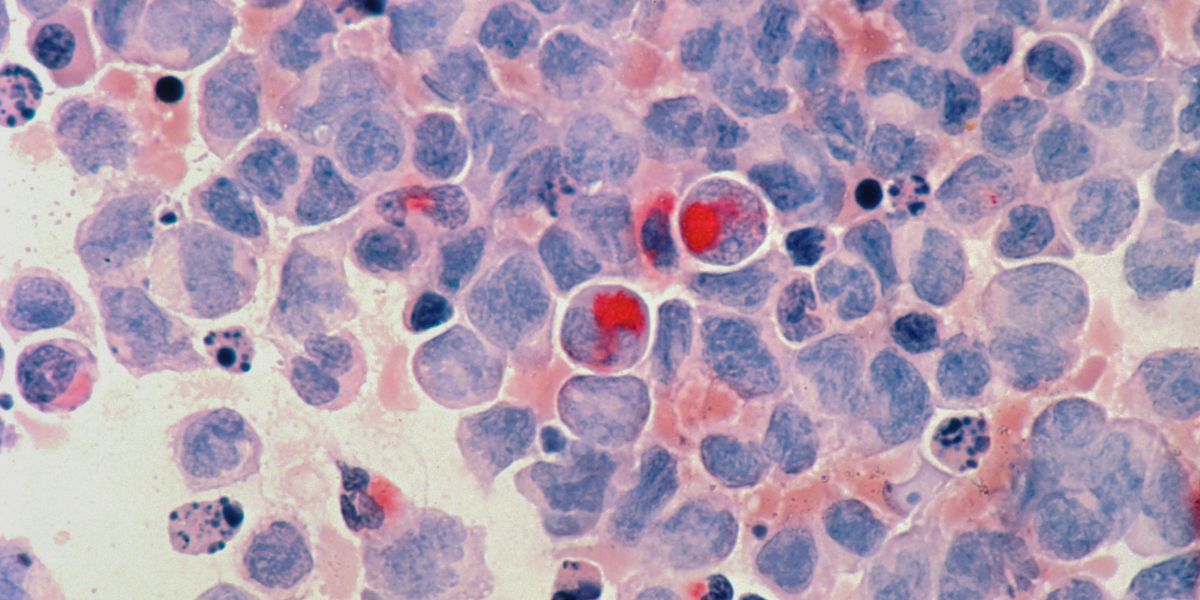By: Maddi Violet
As the world’s oldest alcoholic drink, mead is steeped in history and tradition. This ancient beverage, once a staple of Viking halls and medieval feasts, is experiencing a modern resurgence. This can very well position it alongside beer, wine, and spirits as a key player in the diverse world of libations. Here’s a closer look at what mead is, how it’s made, and its potential impact on the future of drinks.
What is Mead?
Mead is a fermented beverage made from just three simple ingredients: honey, water, and yeast. Although it’s often called “honey wine,” its creation predates the wines and beers we’ve been familiar with today for thousands of years. From ancient China to the monasteries of Europe and the tribes of Africa, people around the globe have enjoyed mead in various forms, celebrating its rich, sweet flavors.
The primary ingredient, honey, is crucial as it not only ferments but also imparts a natural flavor that’s hard to replicate with other sugars. Depending on the flowers visited by the bees, honey can vary wildly in taste, which in turn affects the mead’s flavor.
This results in a beverage that can range from intensely sweet to dry, with variations that include additional flavors like fruits, spices, and herbs introduced during the fermentation process. The versatility of mead makes it unique, allowing it to be crafted as still, carbonated, sweet, semi-sweet, or dry.
How is Mead Made?
The process of making mead might seem simple, given its few ingredients, but it requires careful craftsmanship. It begins with the preparation of the must, a mixture of water and honey. The type of honey used can significantly influence the mead’s final character, affecting everything from its sweetness level to its floral notes.
Once the must is prepared, yeast is added to initiate fermentation. The yeast’s role is to convert the sugars in the honey into alcohol and carbon dioxide. This process can vary in duration, generally lasting a few weeks to several months, depending on the mead maker’s specific goals for alcohol content and flavor profile.
After fermentation, mead is often aged to enhance its flavors. This aging can take place in stainless steel tanks or in wooden barrels, which may contribute additional notes of vanilla, oak, or spice depending on the wood’s characteristics. Following aging, mead is filtered to remove any sediment and then bottled for distribution.
The Future of Mead
The resurgence of mead in the beverage market is more than just a revival of an ancient tradition; it’s a response to the modern drinker’s desire for more sustainable and diverse alcoholic options. Today’s consumers are increasingly interested in the origins and production methods of their food and drink, and mead—with its natural ingredients and artisanal production—fits neatly into this trend.
Additionally, as a gluten-free beverage, mead is gaining popularity among health-conscious consumers. Its ability to be tailored to different sweetness levels and flavor profiles also makes it a versatile choice for a wide array of palettes and occasions, from simple gatherings to sophisticated dining experiences.
Modern meaderies are pushing the boundaries of traditional mead-making by experimenting with local and organic honey, new flavor combinations, and eco-friendly practices. These innovations are not only making mead more attractive from an environmental standpoint but are also helping to establish it as a forward-thinking choice in the beverage industry.
Enhancing the World of Libations
Mead’s comeback is enriching the beverage industry in significant ways. Its presence in bars and restaurants, alongside other alcoholic drinks, offers patrons a broader range of choices and new sensory experiences. The unique characteristics of mead, coupled with its compelling backstory, provide a rich narrative that can be shared and enjoyed in social settings, enhancing the overall drinking experience.
Moreover, the growing popularity of mead supports local economies, particularly in regions where beekeeping and honey production are important. This not only helps maintain healthy bee populations, which are vital for pollination and biodiversity, but also promotes local businesses and sustainable agricultural practices.
Final Remarks
The re-emergence of mead is not merely a fleeting trend but a robust addition to the global beverage landscape, offering a glimpse into the past and a taste of the future. With its unique flavors, historical significance, and alignment with contemporary consumer values, mead is poised to have a lasting impact on the world of libations.
Whether you are a connoisseur or a casual drinker, exploring the diverse world of mead opens up new avenues of taste and tradition, aiming a rich and sweet journey for all who partake.
Maddison Violet is a seasoned winemaker with diverse vinting experience. She holds a WSET level 4 and has worked with high-end restaurants and bars, tasting some of the exquisite wines and learning about their making process. She is the co-founder of Ve Oh Lay Acres Winery and Farm, a unique winery that is working to reintroduce mead with a new touch of responsibly sourced fruits. Maddison has also won several awards due to her prowess in the winemaking business. While in Australia, she was awarded the IWSC/WSET Future 50 under 40, the only Canadian to win it for wine. She was listed among Business Elite’s 40 under 40 this year and also is a finalist for the Kelowna Women in Business Woman of the Year award. Now, Maddison is also delving into coffee roastery space with Ve Oh Lay Roastery and is working to make wine education more accessible through her new venture, Club Boozy.
Published by: Khy Talara









